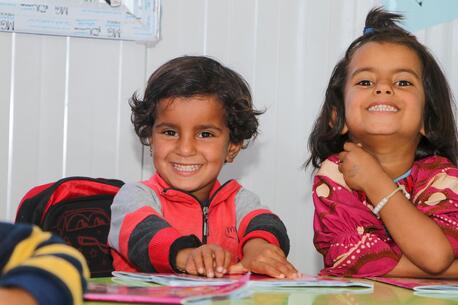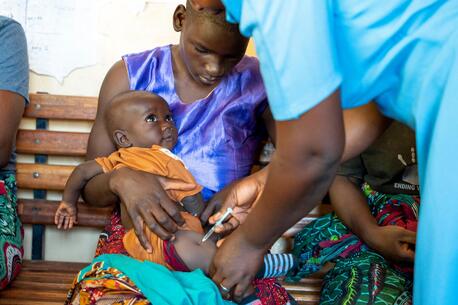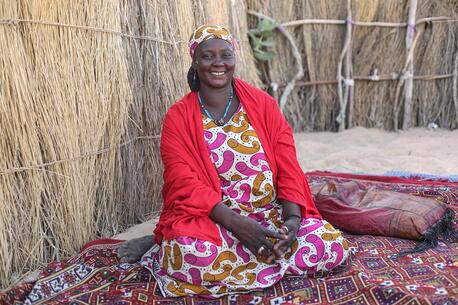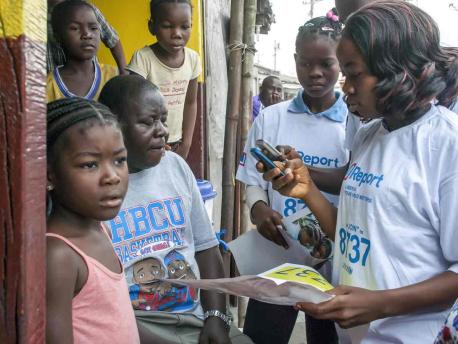
Harnessing Data to Support Children's Health
UNICEF Innovations is putting new forms of data in service of doing good — from Liberia to Brazil, with everything from Ebola to Zika.
Globally, as people’s use of technology accelerates, new forms of data are becoming available. While private sector organizations have identified ways to strengthen their businesses using online data, the public sector has not fully unlocked its potential. We have a tremendous opportunity to harness new sources of information for social good. This data can capture many different parts of human behavior, mobility, and environmental patterns. For example, it has the potential to help us understand how an epidemic might spread and therefore where best to invest our scarce resources.
We have a tremendous opportunity to harness new sources of information for social good.
In 2014, during the Ebola crisis, we worked with the Government of Liberia and Mobile Network operators to gain insights based on mobility patterns and conversations into where we should focus our resources. Using data from the Mobile Network Operators as well as UNICEF’s U-Report system, we were able to pinpoint locations where the majority of people were passing through, as well as address key information gaps about the disease and promote prevention measures.
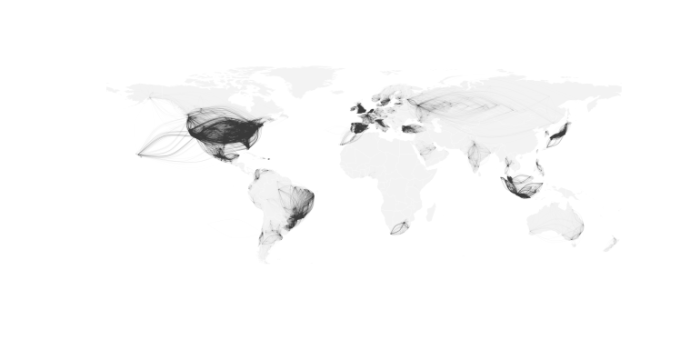
Human mobility estimated from the aggregated movements of Twitter users. Source: Twitter as a source of Global Mobility Patterns for Social Good
Building on that, we’re also seeing success in harnessing the data that comes from increased use of digital tools to help us better understand the Zika outbreak in Latin America. This outbreak has been one of the first public health emergencies where digital communication tools have the opportunity to fundamentally improve how populations become aware of, and respond to the outbreak impacting their communities. Trends in online interactions and patterns can inform our interventions and make them more effective.
The impact was profound: 82% of those reached reported taking action to protect themselves from Zika.
A recent example of this is an initiative between UNICEF in Brazil and Facebook. Facebook shared aggregated, anonymized insights from Facebook posts about the Zika conversation in Brazil. The information included demographic splits (gender, location by state), as well as the key topics of conversation. UNICEF Brazil was interested in insights from the data – trends that would reflect the public conversation. No individual’s information was shared, nor was anyone’s experience on Facebook impacted by the analysis.
Based on the insights from Facebook, UNICEF incorporated the learnings into a data-driven campaign to reach at-risk communities with information that was most useful and engaging for them. The impact was profound: 82% of those reached reported taking action to protect themselves from Zika (a statistically significant increase over those who did not see the campaign).
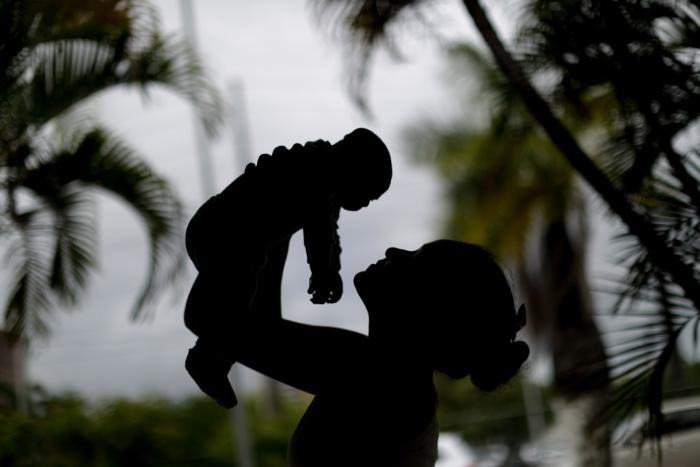
Alice (name changed), 15 years old, holds her 4-month old baby born with microcephaly in Recife, Brazil. © UNICEF/UN011574/Ueslei Marcelino
When health promotion campaigns like this speak directly to public concerns, we achieve higher levels of engagement and community involvement. Health experts have long recognized the value of understanding patterns in public conversations around health crises. Typically, this has required data from surveys and focus groups, which require tradeoffs in speed, expense, and representativeness. Anonymous online data provides a window into the public conversation without these complications.
These sorts of projects can have a dramatic and rapid impact when a disease breaks out or a natural disaster hits.
With connectivity increasing daily, we think that the potential for these sorts of projects is growing and can have a dramatic and rapid impact when a disease breaks out or a natural disaster hits. Combining aggregated data sets and technical know-how from the private sector with UNICEF’s reach, development expertise and mandate to improve the lives of children is new and unique. We hope that these tools will help UNICEF and other organizations to more rapidly help communities and save lives in our increasingly complex and connected world.
